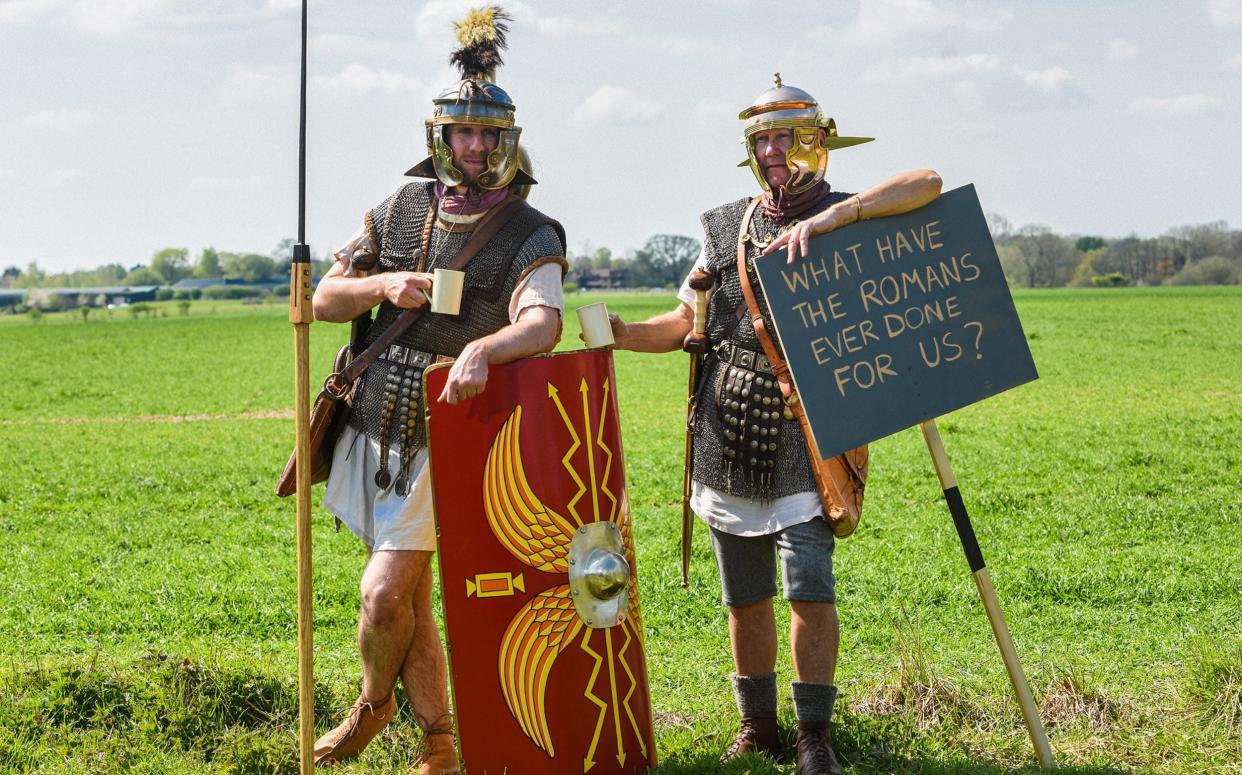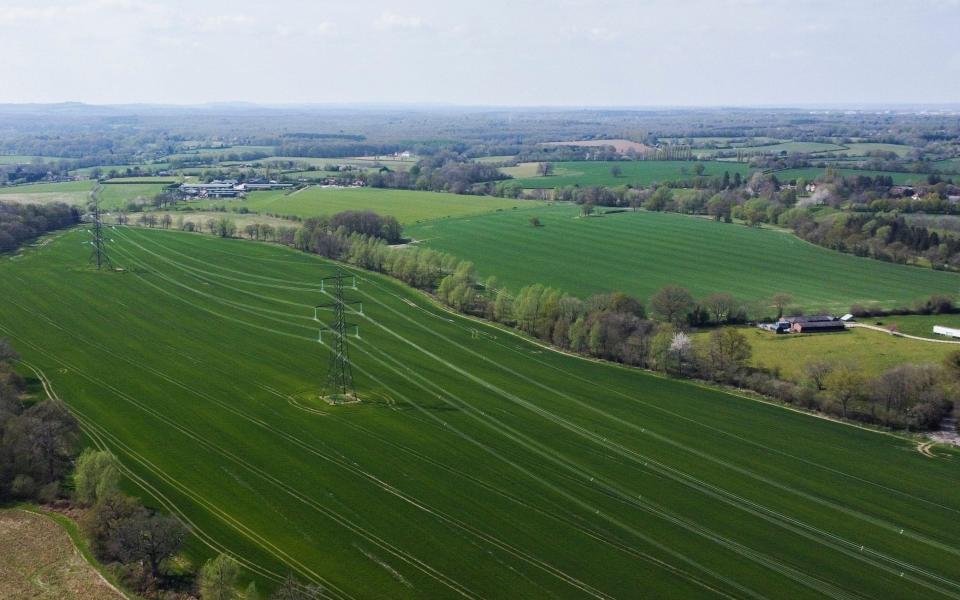Hampshire’s Roman ruins at risk from giant solar farm twice the size of Vatican City

The remains of a major Roman town in Britain are under threat from a “giant” solar farm twice the size of the Vatican City, academics and MPs have warned.
The 210-acre solar farm is planned for just outside Silchester, Hampshire, which is also home to Calleva Atrebatum, a walled town abandoned some time after the collapse of Roman Britain.
The remains of the walls are still visible along their full length and are some of the best-preserved Roman walls in Britain.
On Wednesday the site's fate will be decided by Basingstoke and Deane Borough Council planning committee. Its planners have advised the solar farm be approved.

The plans were submitted by Bramley Solar, a subsidiary of utility Enso Energy.
If approved, the development would last for 40 years and would power 17,000 homes and save 8,000 cars worth of carbon dioxide, the company claims.
Prof Michael Fulford, an archaeologist at the University of Reading, warned that the proposals could cause the site to be "lost to future research".
He said that Calleva Atrebatum was one of only three Roman sites in England to have been preserved from modern development so far and was unique in having developed from an Iron Age site.
Prof Fulford said: "We know little enough about the Roman town, never mind its Iron Age predecessors, and still less about their interaction with the countryside around.
"This proposed development threatens our ability over the medium and longer term to advance our knowledge of the landscape context of the unique monument that is Iron Age and Roman Calleva."
He said experts were still not certain where the boundary for the Roman town began, meaning that any development could hinder future archaeology.
In his submission to the consultation, Prof Fulford implored the council to consider the "collective heritage value" of the site and its potential discoveries.
He said: "I urge you to refuse this development which substantially harms the integrity of the setting of what is unquestionably, one of England's most important ancient monuments."
He was joined by 674 other individuals in objecting to the proposals, including Michael Coppen-Gardner, 51, who lives with his wife and two teenage children in Silchester village, about half a mile from the site.
He described the plans as a “travesty”, saying: "Some of the panels are being built 150 yards from Roman ruins and they will be covered for 40 years. It's a real shame to denigrate the history of Silchester.
"This area of amazing interest and heritage should be protected at all costs and should not be covered - a 210-acre solar farm will blitz the whole thing."
Mr Coppen-Gardner added: "The beauty of one of the walking trails is that it's quite flat around here, you get the most amazing views and get to see the most wonderful wildlife.
"The trail is always popular with walkers and it is an area of historical importance because of the ruins.
"By putting a solar farm right across it, it closes off the countryside. The developers want to create man-made corridors for walkers which is a tragedy.
"The open countryside is going to disappear and that's a real shame. It is not right to have to look across through 6ft mesh fencing."
Should not cost the landscape
Campaigners said that they were not opposed to solar power in principle but that it should not come at the cost of Britain’s heritage and landscape.
Ranil Jayawardena, the local Conservative MP, suggested that offshore wind should be the focus of Britain’s renewables push.
The Iron Age settlement of Calleva was once the centre of the kingdom of the Atrebates, but after a conquest in AD43 it developed into the major Roman town of Calleva Atrebatum.
Today farmsteads, a bathhouse, the town's defences, and the remains of an amphitheatre big enough to hold thousands of spectators for gladiator combat can still be found there.
Simon Wheeler, head of development at Enso Energy, said it had held public consultations and "listened closely to local concerns" before submitting the application.
He added: "We are in the midst of an energy price crisis and a climate emergency. We have to change the way we generate energy.
"We're proud that Bramley Solar Farm would generate enough renewable energy to meet the [equivalent] annual electrical needs of approximately 13,500 local family homes."

 Yahoo News
Yahoo News 
